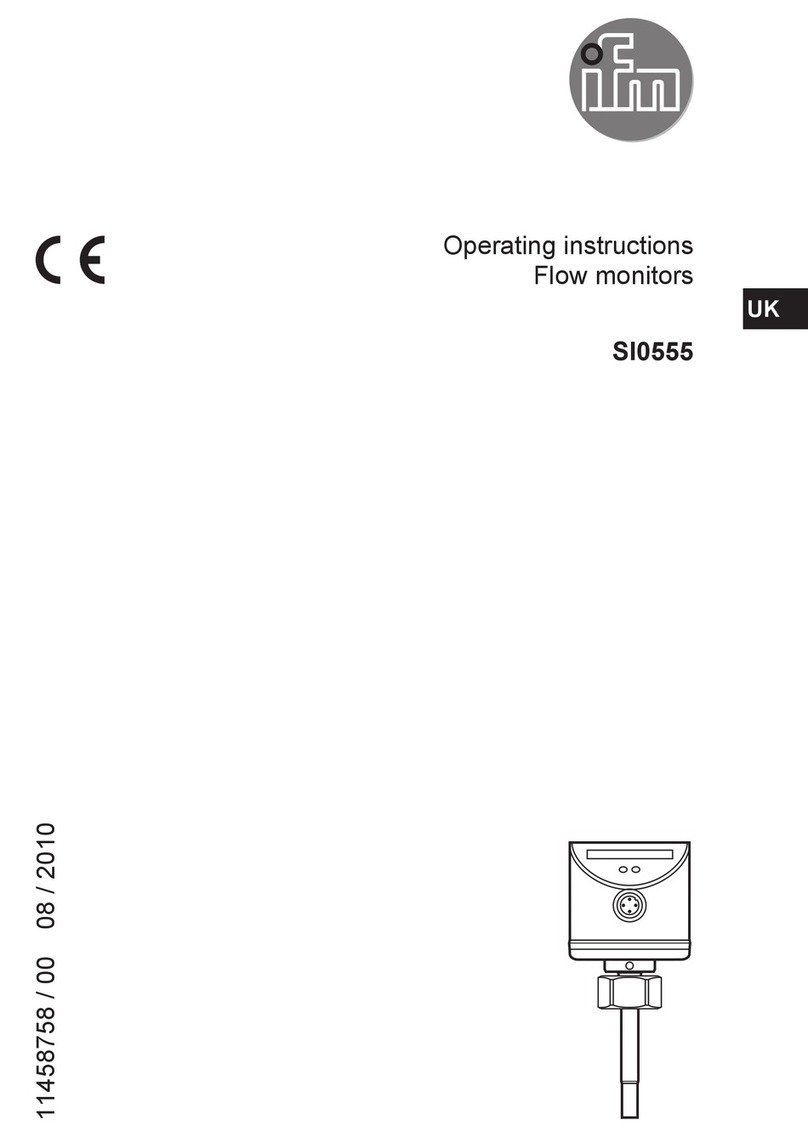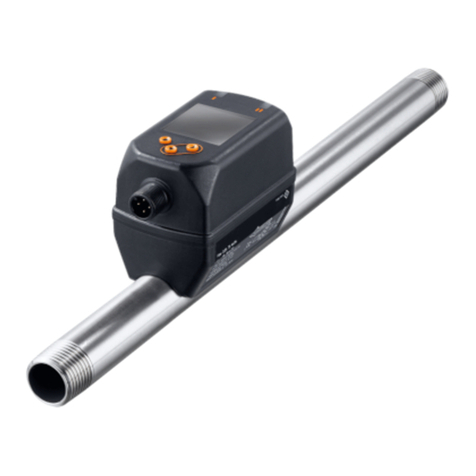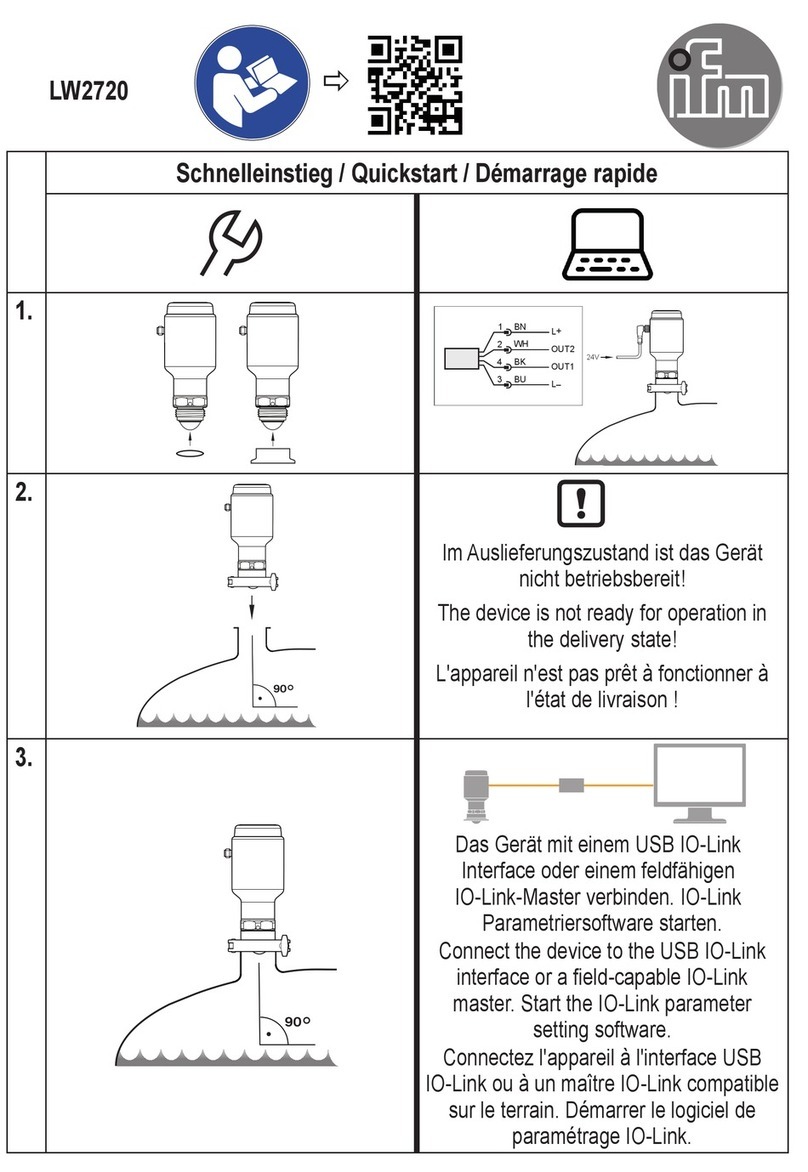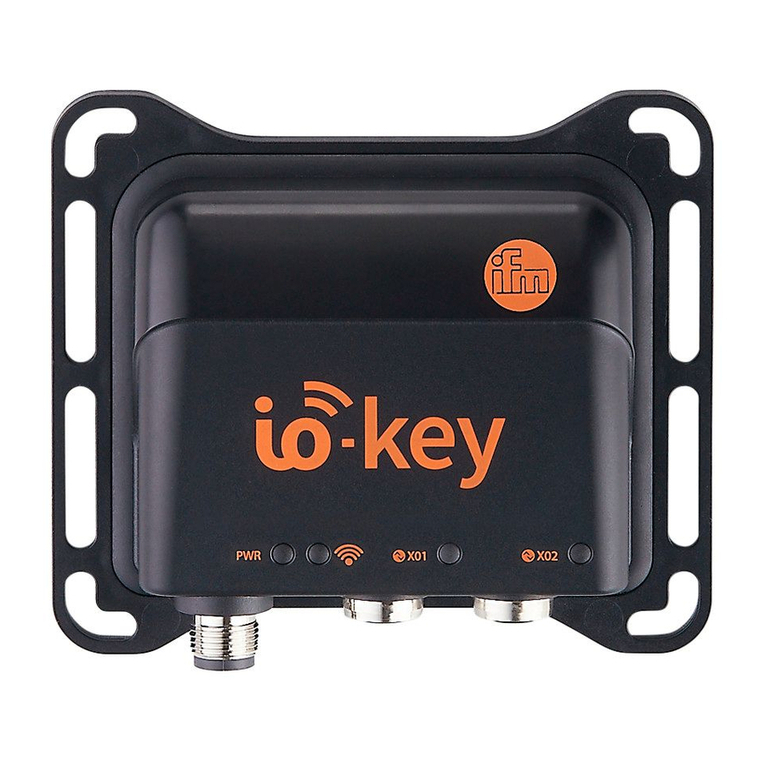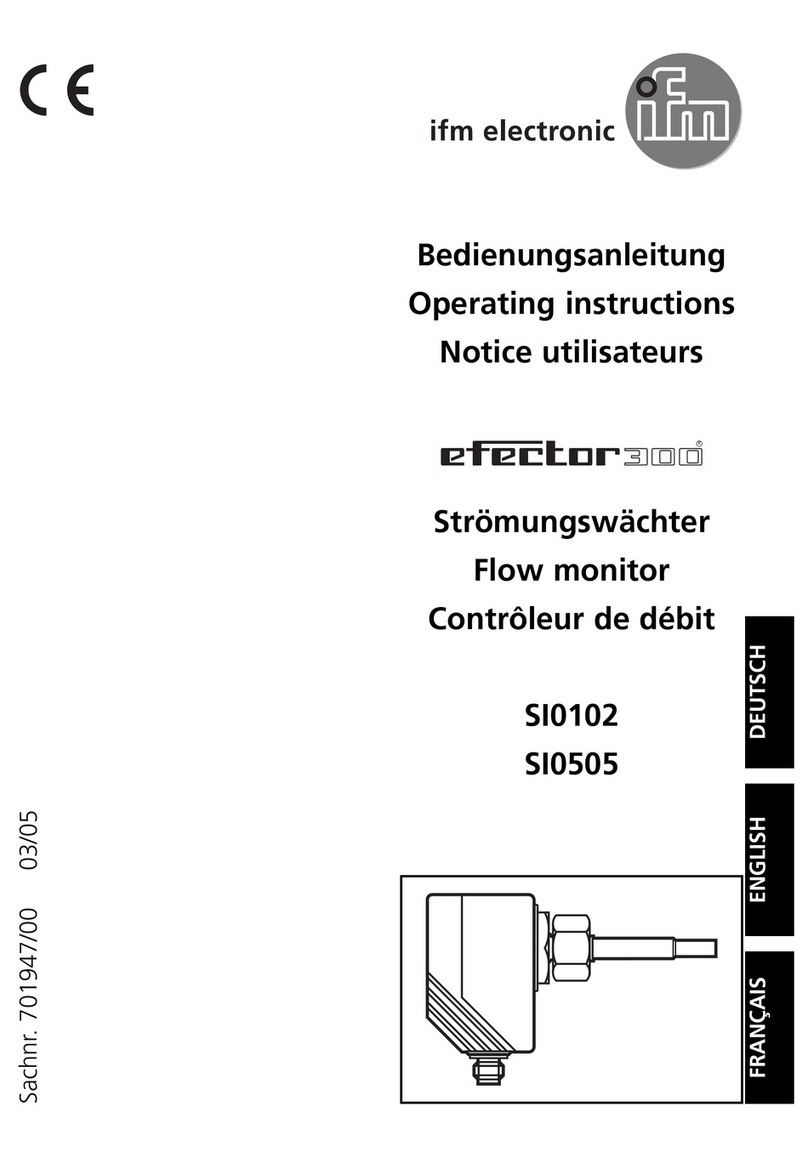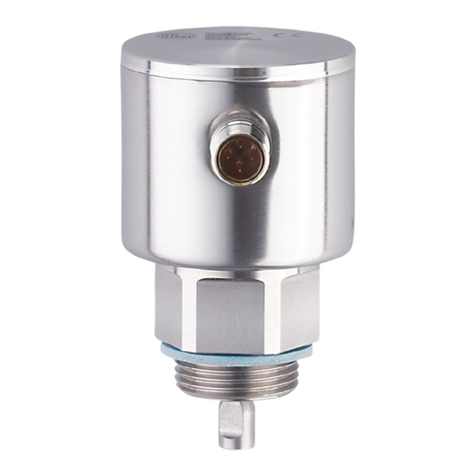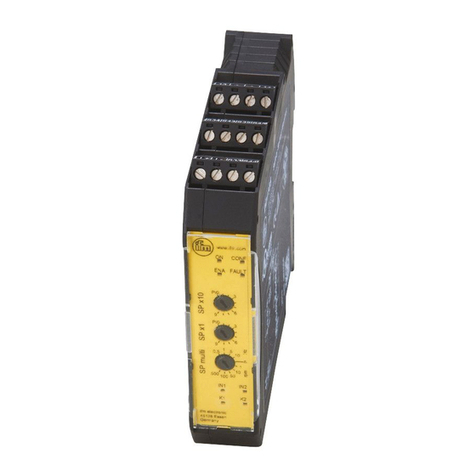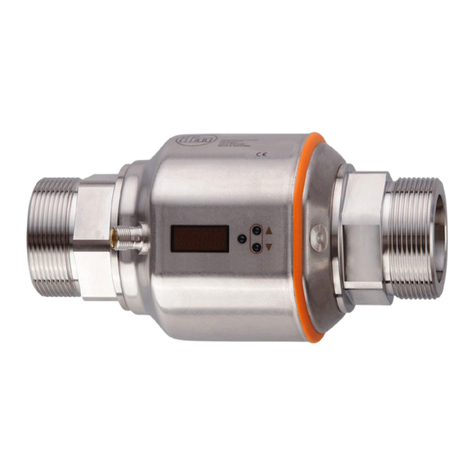
3
9 Menu .............................................................................................................. 24
9.1 Menu overview........................................................................................ 24
9.2 Main menu and submenus...................................................................... 25
10 Set-up ............................................................................................................ 29
11 Parameter setting........................................................................................... 29
11.1 Parameter setting in general................................................................... 30
11.2 Presetting................................................................................................ 30
11.2.1 Process value for OUT2 ................................................................... 30
11.2.2 Operating mode ................................................................................ 30
11.2.3 Standard unit of measurement for flow............................................. 31
11.2.4 Internal pipe diameter ....................................................................... 31
11.2.5 Flow adjustment................................................................................ 31
11.2.6 Remote calibration............................................................................ 32
11.3 Setting the output functions .................................................................... 33
11.3.1 Limit monitoring OUTx/ hysteresis function ..................................... 33
11.3.2 Limit monitoring OUTx/ window function ......................................... 33
11.3.3 Frequency signal OUTx .................................................................... 33
11.3.4 Analogue signal OUT2...................................................................... 34
11.4 User settings (optional) ........................................................................... 34
11.4.1 Standard display ............................................................................... 34
11.4.2 Display colour setting........................................................................ 34
11.4.3 Output logic....................................................................................... 35
11.4.4 Measured value damping ................................................................. 35
11.4.5 Switch-on /switch-off delay ............................................................... 35
11.4.6 Error behaviour of the outputs .......................................................... 35
11.4.7 Calibration......................................................................................... 36
11.4.8 Lock / unlock..................................................................................... 36
11.4.9 Factory reset..................................................................................... 36
11.5 Diagnostic functions................................................................................ 37
11.5.1 Reading minimum values / maximum values ................................... 37
12 Operation ....................................................................................................... 37
12.1 Process value display ............................................................................. 37
12.2 Reading the parameter setting................................................................ 38
13 Technical data................................................................................................ 38
14 Troubleshooting ............................................................................................. 38
GB















